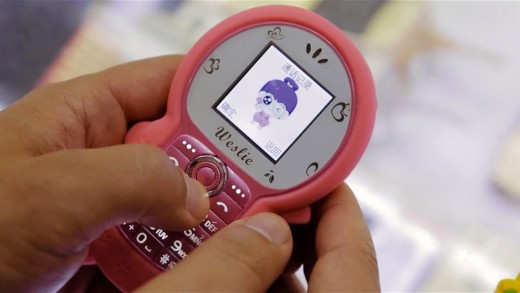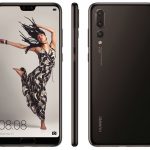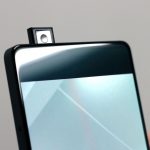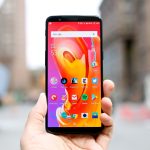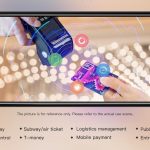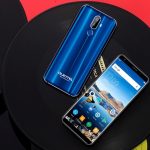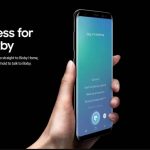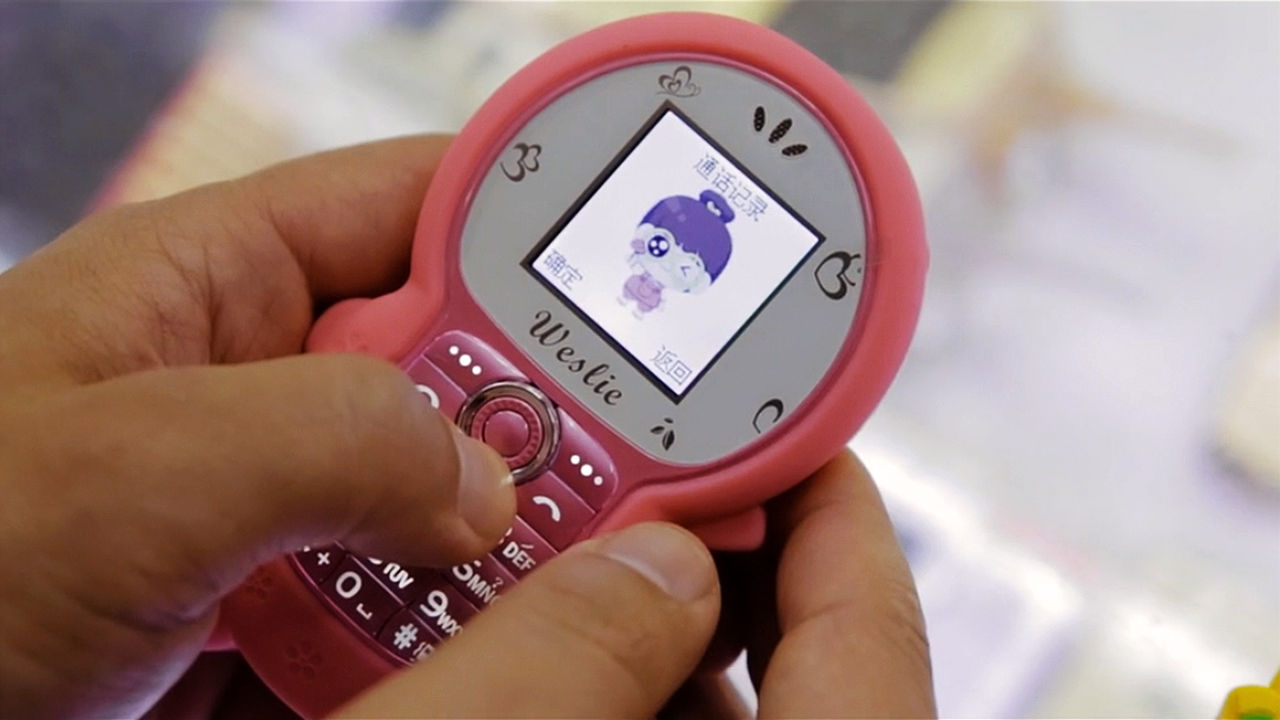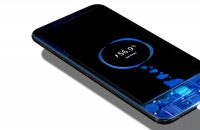Why Doesn’t The U.S. Have China’s Quirkier Smartphones?
A pack of Marlboros flips over to reveal an LCD screen. A tiny bluetooth headset squeezes a full T9 keyboard on its face. These are the quirky frankenphones of Shenzhen, China, the industrial megacity that produces many of the world’s most beloved smartphones—including the iPhone. And you can get a good look at them in this gorgeous short by m ss ng p eces and MIT Media Lab.
However, while the video praises these items for their quirk and originality, I’m not sure the world needs more room for smartphones that look like cigarette packs, or handsets that can pop out a 5-inch reading lamp. And furthermore, while Google’s Project Ara customizable phone hardware looks radical and exciting, I’m not so convinced that the hardware inside an iPhone or Android device isn’t actually the best setup for most people. (The multi-touch screen allows the industrial design itself to morph with an infinite number of buttons via apps, and everybody needs your standard 3G/4G, Wi-Fi, and Bluetooth radio transmitters, don’t they?)

If the iPhone weren’t a great design, the whole market wouldn’t have copied the thing right after it came out, and we wouldn’t be stuck in this mobile monotony.
But there is something to be said for China’s unrelenting quest to answer and appeal to the consumer. Xioami—a company known to many as China’s Apple, has gained notoriety not simply for cloning both Apple’s industrial and interface design, but for, at times, improving on the features. Take Sean Hollister’s review for Gizmodo on the Xiaomi Mi Note, in which he relishes the simple pleasures of a few features you’d probably never see in an iPhone:
I’m talking about the built-in ability to record both sides of any phone call by pressing a single button. I’m talking about—right in my notifications shade—seeing just how many of my precious kilobytes of mobile data are being used in real time.
And it doesn’t take a great degree of logic to deduce why Apple (or Google’s suite of partner handset manufacturers) doesn’t build these features into their phones. Easily recording calls might be seen by some as an invasion of privacy. Counting down your mobile data in 100% transparent, real time ways might make you angrier at the pittance your carrier offers. Apple and Google have to answer to both the Western PR machine—remember Antennagate?—and keep good relationships with companies like AT&T to keep advertising and subsidizing their phones with subscriptions.

Right now, Xioami has it easy. A company founded on no corporate morals can design its knockoff products as a rogue-ish alternative to the mainstream. But as China’s rising design culture reaches a global audience, and these companies become Western household names, don’t be surprised if they, too, feel the pangs of PR and corporate partnerships, and begin to design limits more akin to their established counterparts, or if markets like Africa and India—while often requiring low sticker prices and unique features—still cater to the Darwinism of best design practices. The fact of the matter is, while we have 7 billion people on earth, we can all probably function perfectly happily with about seven models of well-designed phones.
[via boingboing]
Fast Company , Read Full Story
(169)

